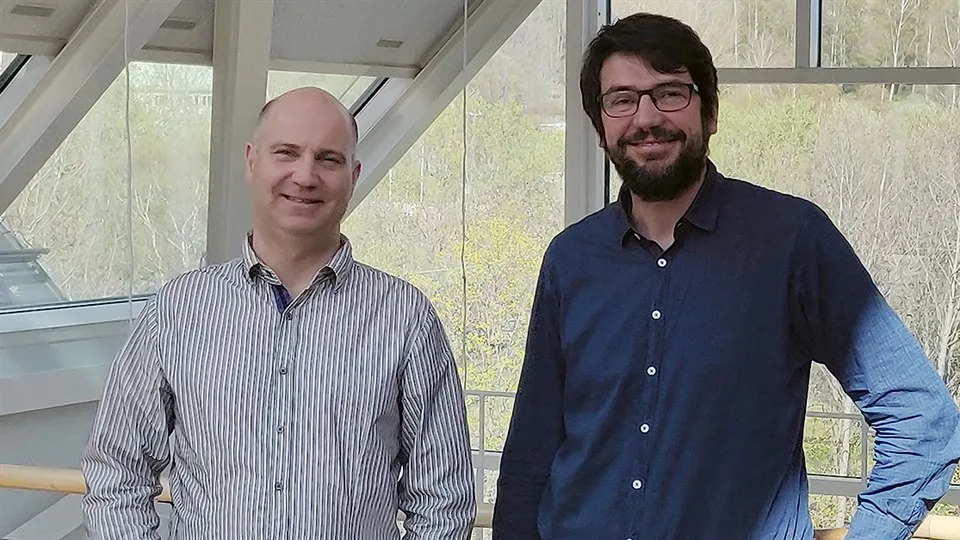Guest lecturer from Trinity College Dublin
This week STC had a visit from Professor and SFI Researcher Aljosa Smolic, at Creative Technologies, Trinity College Dublin. He held two seminars on Augmented reality (AR) and Virtual Reality (VR) for Master and Ph.D. students and researchers.
- The visit is part of the faculty's investment in doctoral students' improved research environment, internationalization, where funds are given to prominent researchers to come and hold seminars with us," describes Professor Mårten Sjöström.
The two seminars were:
Volumetric Video for AR and VR Content Creation - Abstract
Volumetric video allows to integrate real world captured content into AR and VR scenarios. Technology has reached a level of maturity that allows design of professional and consumer applications for the market. The first part of the talk will introduce related technology background and highlight recent solutions developed by the V-SENSE team at Trinity College Dublin. However, even the best technology will fail without compelling content that attracts user interest. Therefore the second part of the talk will concentrate on creative experiments which are performed by V-SENSE with artists who apply the novel technologies in concrete productions. This will include new, dedicated AR and VR experiences as well as an award winning adaptation of Samuel Beckett's work to AR and VR.
Novel Algorithms for Light Field Imaging from V-SENSE - Abstract
Light field imaging allows to capture rich visual information, which enables novel solutions and applications for display and computational photography. The talk will highlight related algorithms recently developed in the V-SENSE team at Trinity College Dublin. This includes efficient algorithms for depth estimation, denoising, super-resolution, view synthesis, and colour correction. A corresponding pipeline will be presented and evaluated that combines these individual modules for lenslet light field quality enhancement. Further, a novel approach to generate HDR light fields from multiple exposures will be presented, as well as an efficient novel representation of light fields based on Fourier disparity layers. Finally, aspects of light field streaming will be covered.
